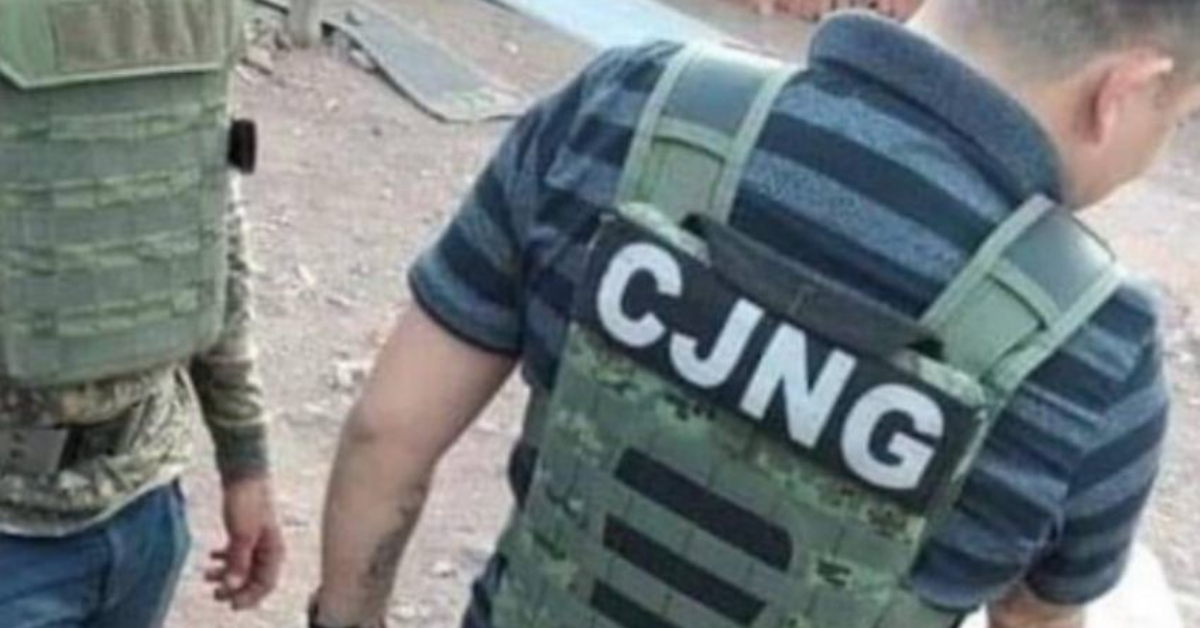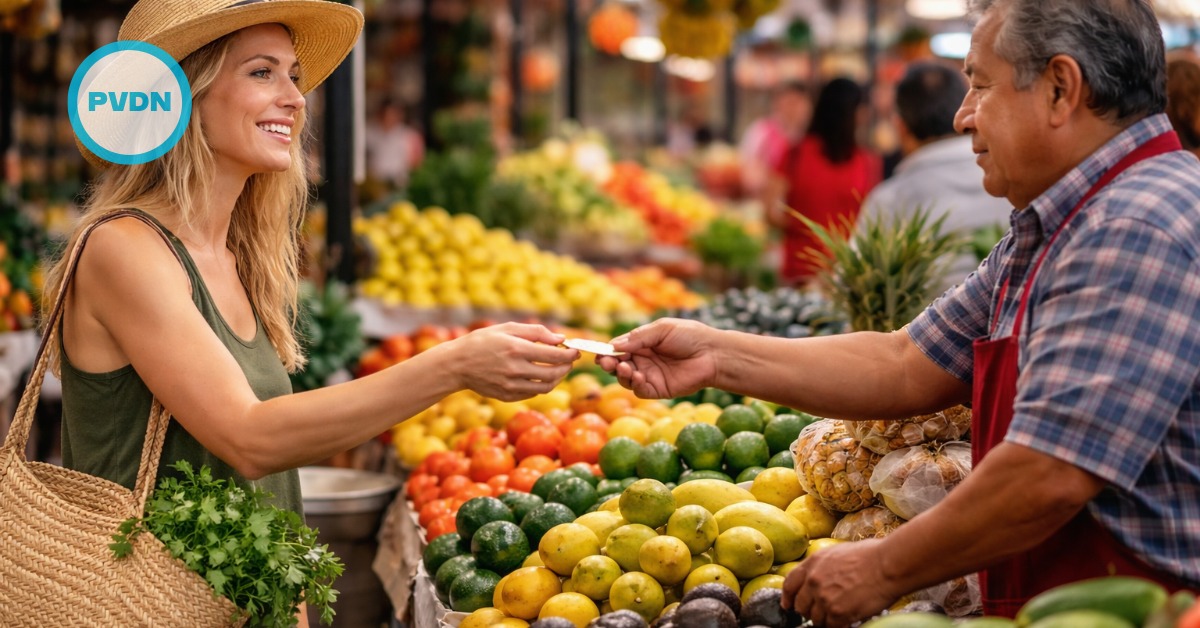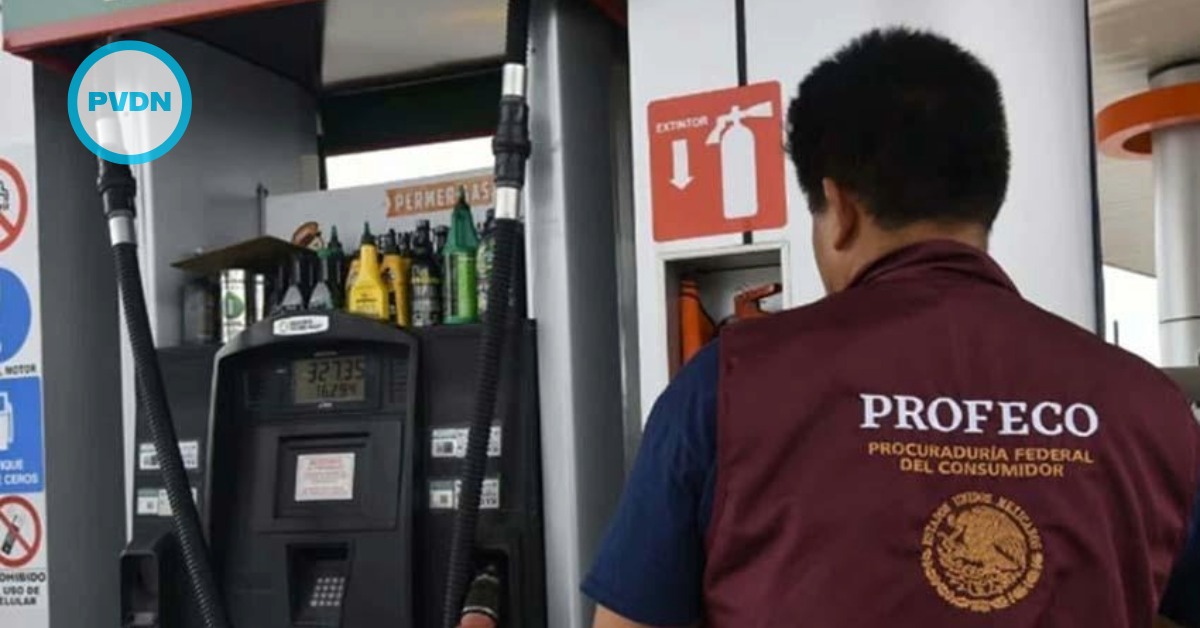The Jalisco Nueva Generación Cartel (CJNG) moved its nerve center to Puerto Vallarta, where it currently coordinates its main operations. In addition, it has managed to expand to practically the entire national territory, through the franchise model, just as "Los Zetas" did, first-level authorities from the federal security cabinet revealed.
From this tourist destination, this cartel — one of the most powerful in the world — organizes criminal activities such as drug trafficking to other countries and money laundering. This version coincides with the investigations carried out by the United States government regarding this group of organized . . .






